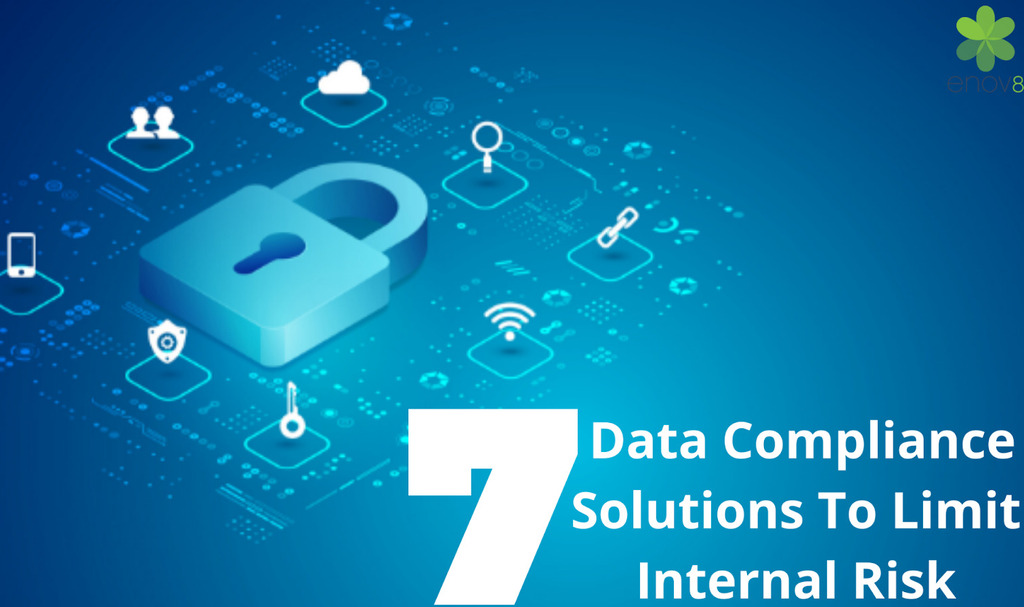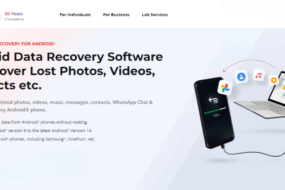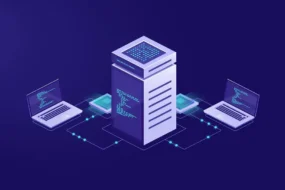Data security had become a concerning topic for almost every business, even before the pandemic. The COVID-19 outbreak introduced a paradigm shift in the working structure. Most industries, especially the IT industry dealing with the majority of data, shifted from office work environments to home-based work environments. With remote working culture becoming predominant, the companies and businesses find one thing most perplexing- how to efficiently navigate insider risk? So in this article, we will discuss data compliance solutions to limit internal risk.
The Current Internal Risk Scenario

Source: toponlinetool.com
In the 21st century of digitization and cloud technology, your data can be stored anywhere in the world. Therefore, data compliance solutions have transformed from a perimeter-based security model to people and data-centered.
Which Insiders Can Be a Threat?
You’ll surprise to know the sources of Insider risks. The most common sources include-
- Disgruntled employees,
- Former employees
- Privileged administrators and users,
- C level business executives
- Third-party and temporary contract-based agencies or workers
- Supply Chain Partners
With data distributed in such a complex and dynamic environment, data compliance solutions must have a multi-pronged approach.
Types of Insider Risks
- Human error due to an employee or third-party contractor negligence
- Criminal attempts by malicious insiders
- Compromised threats by credential theft
Insider Risk-Statistics
Let’s take a look at insider risk statistics.
- Insider risks account for 30% of security breaches.
- Out of the total internal risks, 62% were negligence outcomes, 23% were malicious attacks, and compromised user accounts contributed to 14% of breaches.
- Since 2018, there has been a 47% increase in insider-mediated security incidents.
- From 2018, the cost of insider security threats has increased by 31%.
- Currently, on average, the insider threat annual cost is around $11.5 million.
- In 2020, Premiere companies like Amazon, Twitter, Shopify encountered data breaches and financial loss from an insider attack.
Therefore, implementing efficient data compliance standards in the release management process has become necessary in IT security.
What Are the Cost of Insider Threats to an Organisation?
When a data security breach occurs, it costs the company in three primary ways:
- Direct cost — Expenditure for identifying, mitigating, investigating, and patching up the breach.
- Indirect cost — The value of time taken by employees and resources utilized to deal with the incident
- Lost opportunity cost — Losses in potential profits and brand value in the market due to the attack
Data Compliance Solutions to Mitigate Insider Risks

Source: googleusercontent.com
Classify and Segregate Your Data
Knowing what data your organization is handling and where it is located is crucial to mitigate the internal risk.
The primary step involves identifying and classifying the sensitive data. Once you segregate your sensitive data, it’ll become easier to allocate appropriate access to relevant members. You can also keep track of all the activity involving your crucial data assets.
Hire the best data compliance solutions for protecting and tracking your valuable data.
Restricting and Controlling Data Access Rights
In compromised insider risk, the malicious outside user will have legitimate access and control to your database. It may take very long, even months, before your security identifies the fraudulent attempt.
Therefore, for your company’s best interest, permitting need-to-have access to your critical data is an excellent approach. Once the employee or third-party vendors have completed their assigned task, you can revoke the access.
This will prevent an adversary from gaining access to your system. Similarly, your data compliance solutions should focus on implementing automation in the process of granting and revoking access to employees and users to limit the scope of human error.
Perform Real-Time Auditing
Monitor who has access to your critical data and their related data activities. Ensure to maintain a detailed log of the data activity. You can even set alerts every time any action is performed with sensitive data.
Hire a robust data security solution for your release management process.
Examine Cloud Storage Configuration
Many instances of internal data breaches were attributed to the compromised configuration of cloud data storage containers. Therefore it is imperative that you carefully analyze and examine your cloud storage container configuration before uploading sensitive data.
Introducing Security Awareness Training
According to the statistics mentioned earlier, employee negligence accounts for the majority of the insider risk. Therefore training your employees about security awareness should be a part of your data compliance solutions.
Employees should have basic knowledge about spam detection, social engineering attempts, and other fraudulent activities.
Data Encryption
All your sensitive data must be encrypted all the time. This is an integral part of data compliance solutions.
Even if your employee loses a portable device or unknowingly leaks credentials, any adversary will need the decryption key to access the actual data.
Hire a credible data security solution for data encryption in your release management process.
Employee Off-Boarding Procedures
A disgruntled former employee may steal sensitive data to harm your company or for financial gain if the data access hasn’t been revoked after leaving the organization.
You need to enforce a strict well-documented off-boarding to ensure revoking all data access when terminating an employee’s contract.
Having robust data security measures in place is the key to limit the ever-evolving internal risk. Hiring an excellent data compliance solution helps to protect your company and your users from data theft.










